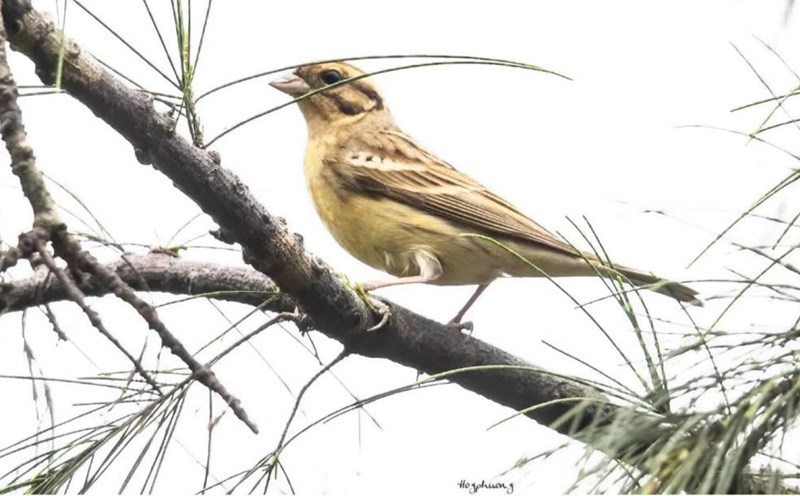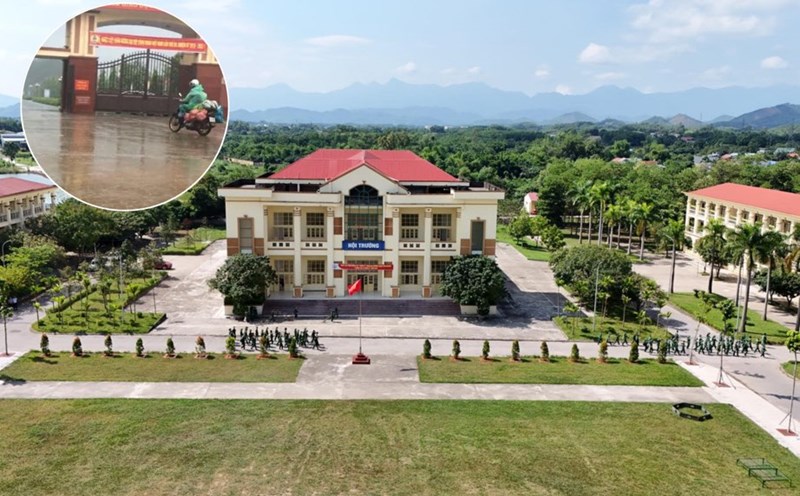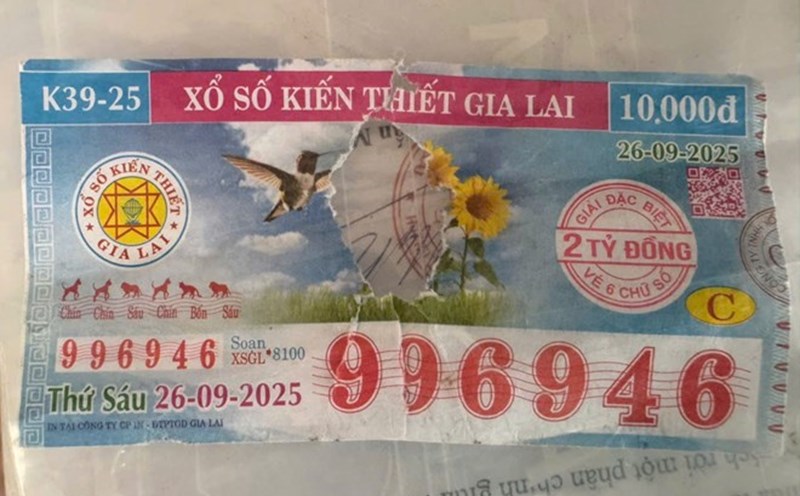Bai Tu Long National Park, Quang Ninh province, is one of the typical National Parks of the Northeast coastal region of Vietnam. With a diverse ecosystem, including forests on islands and limestone islands, mangrove forests, marine grass, coral reefs, tidal beaches and special mountains, this place has been recognized by the Association of Southeast Asian Nations as an ASEAN Heritage Park thanks to fully meeting the criteria of biodiversity, ecological value, representation and conservation significance.
According to the Management Board of Bai Tu Long National Park, from November 2024 to June 2025, 4 field surveys under the theme "Research on species composition and propose solutions for the conservation of the bird system of Bai Tu Long National Park, Quang Ninh province" led by MSc. Pham Hong Phuong, Institute of Tropical Ecosystems, Vietnam - Russia Tropical Center, were conducted on main islands, such as: Ba Ban Ban, Minh Chau, Tra Ngo, Sau Nam and buffer zone islands such as Quan Lan, Ban Sen.
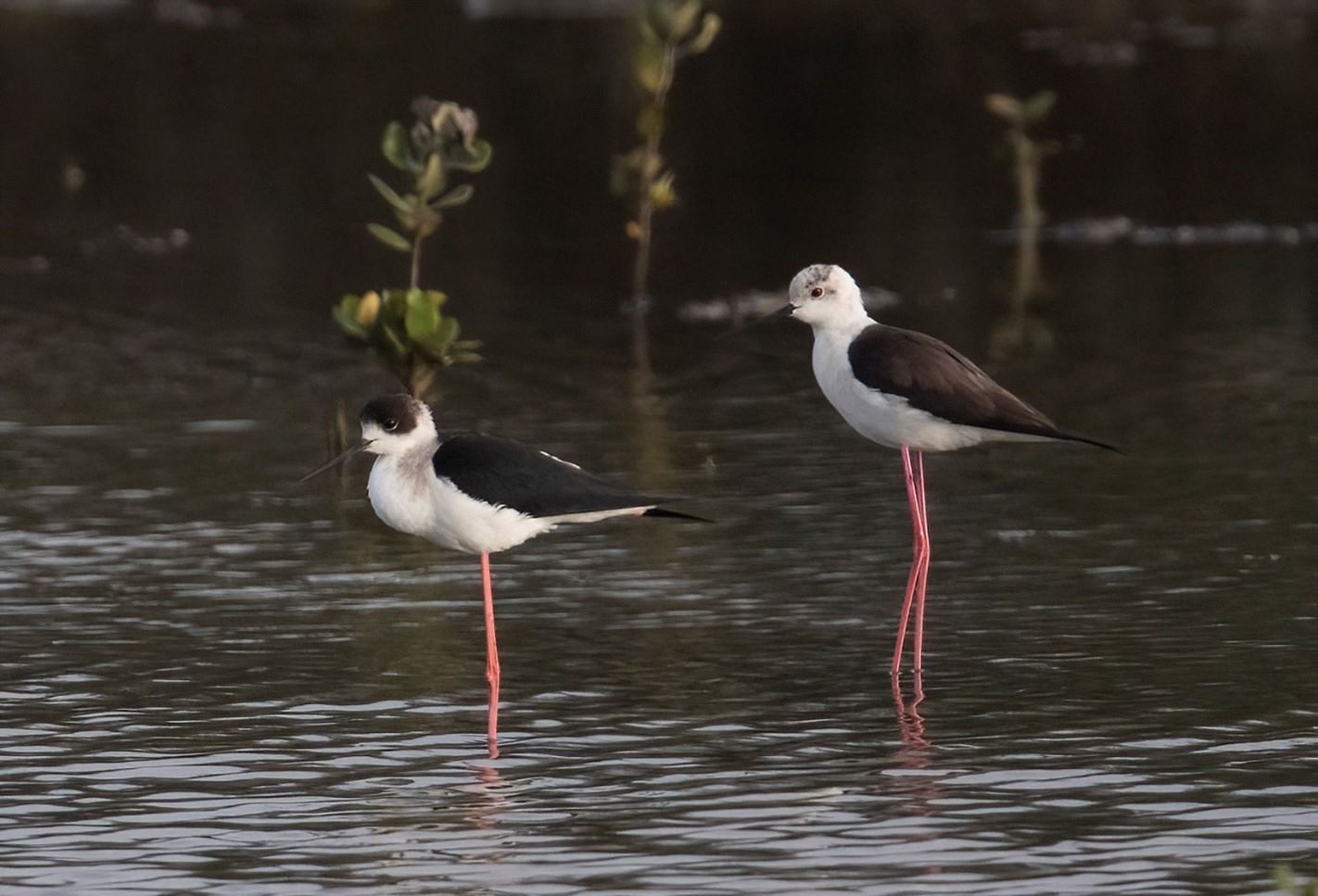
The survey routes are up to 4 km long and are conducted in many different habitats, from mangrove forests, sand and rock tidal areas, sea grass carpets to the capsules in the limestone mountain. The observation process was conducted during the time when the birds were most active during the day, from 5:00 - 11:00 and from 15:00 - 18:00, with specialized recording and sound recording equipment.
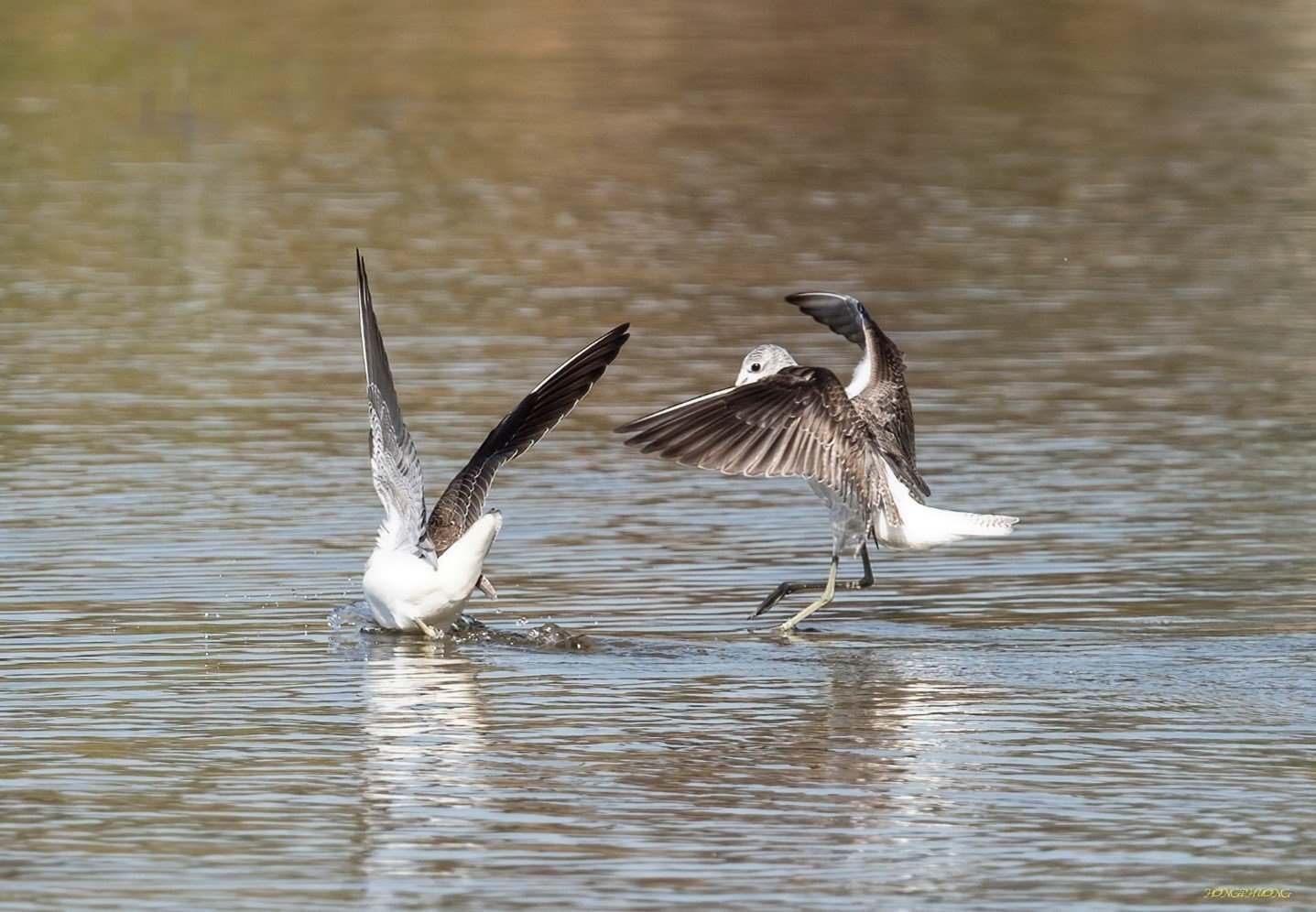
The survey results showed the presence of 27 water bird species, belonging to 8 families and 5 different groups. Of these, the Charadriiformes dominated with 11 species, followed by the Pelecaniformes with 10 species, the Gruiformes with 3 species, while the Anseridesformes and the Le Hocscscs only recorded 1 species.
The recognition of water bird species in Bai Tu Long shows that mangrove forests, tidal flats and crab traps play a particularly important role in providing food, breeding and stopping for many water birds, including settlement and migratory species.
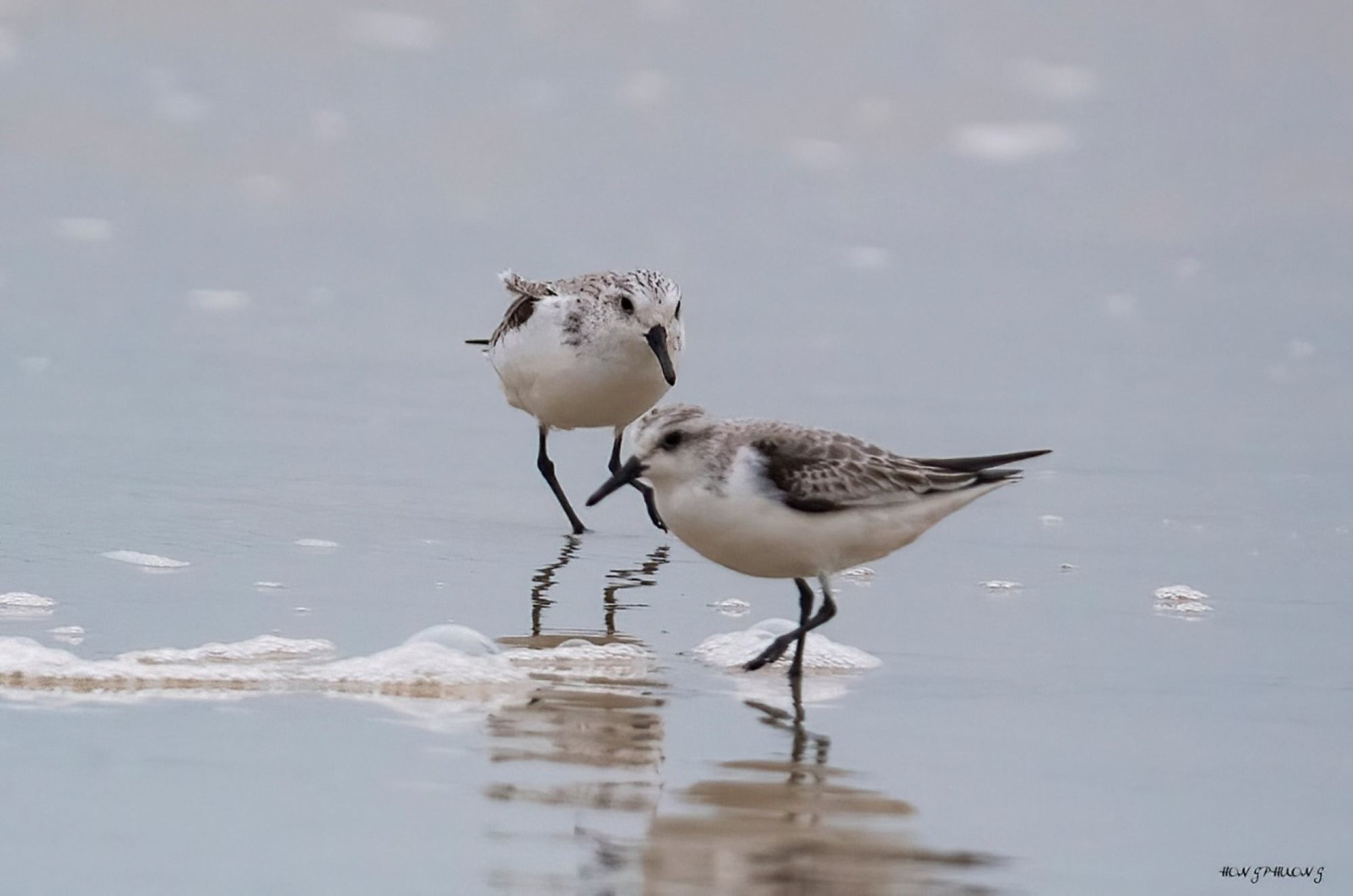
However, this result only partly reflects the potential for species diversity, because the survey period mainly takes place in winter - spring, not covering the migration season from August to November every year. Therefore, some typical groups of birds, such as seaweed, mangrove and some species in the family, have not been fully recorded.
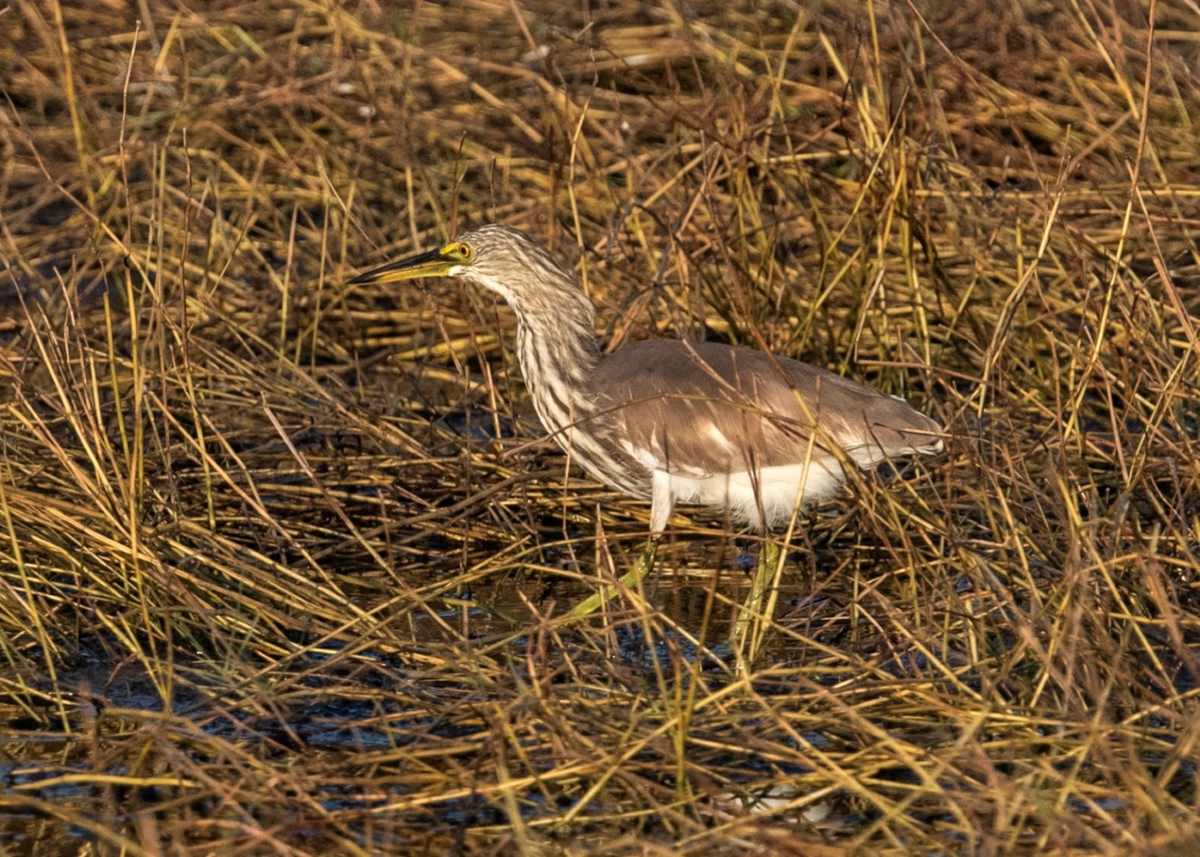
According to Bai Tu Long National Park Management Board, these initial results can confirm that Bai Tu Long is a land with great potential for research and conservation of water birds. The recording of 27 water birds not only adds important scientific evidence for the area but also contributes to enriching data on biodiversity in the Northeast region of Vietnam.
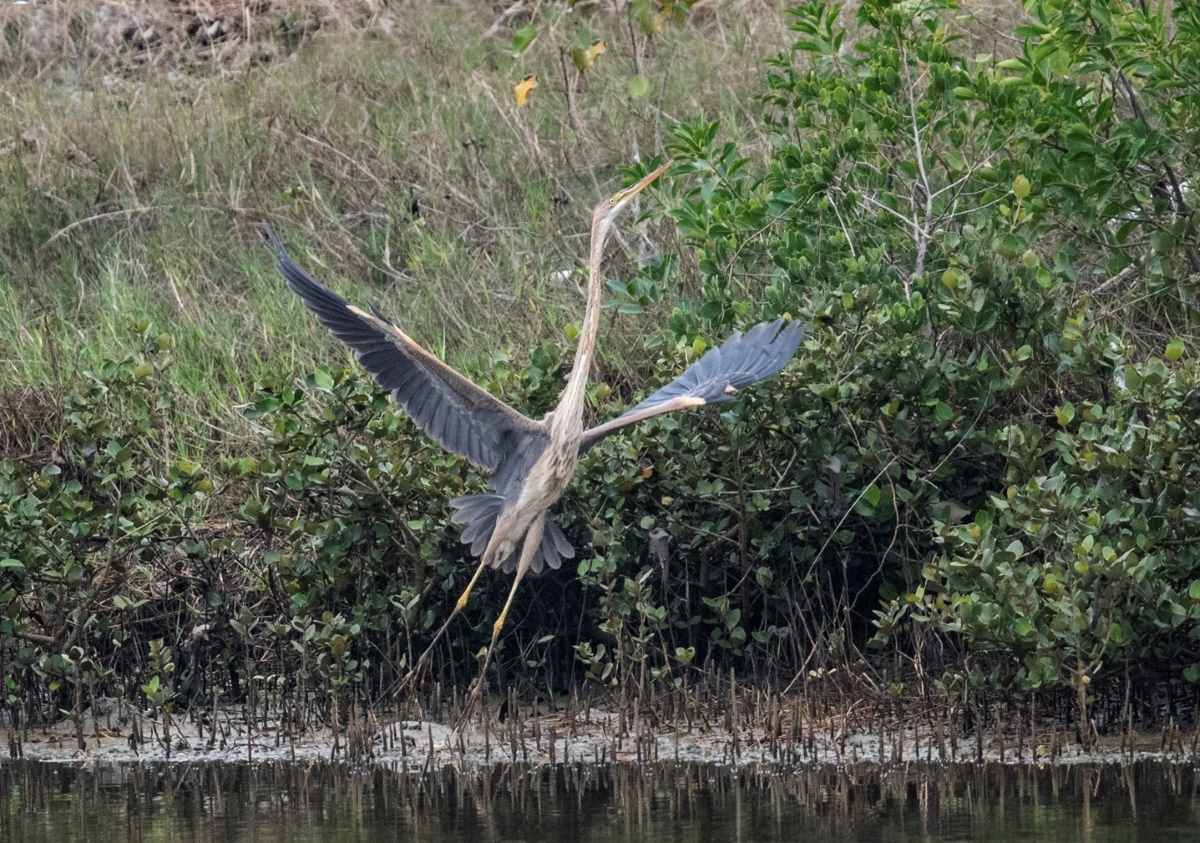
To effectively preserve the water bird system in Bai Tu Long, many solutions need to be implemented synchronously. First of all, it is necessary to expand the scope and time of the survey, especially during the migration season, to record more fully the species composition. In addition, it is necessary to strengthen periodic monitoring and strictly protect sensitive habitats such as mangrove forests, tidal beaches and crab traps, which are important habitats for many rare birds.


